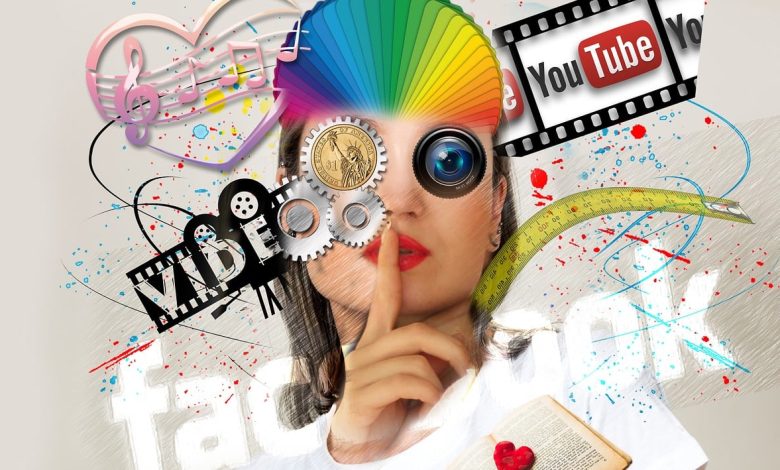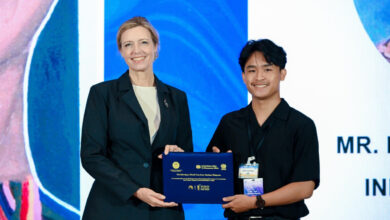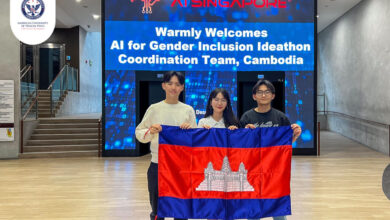There is something to learn from the way Gen Z uses TikTok as a search engine
A growing wave of Gen Zers are turning to TikTok and Instagram to search for information, rather than rely on Google. This shift is not necessarily a bad thing for learning, say Singapore University of Social Sciences’-Brian Lee and Ludwig Tan

SINGAPORE: When Melanie, a colleague of ours, met her students in person for the first time after Singapore reverted to DORSCON Green in February, she was surprised to see some of her Gen Z students use TikTok or Instagram for research in their class group discussions.
Just before the COVID-19 pandemic, Google was still her students’ best friend.
Melanie’s observation mirrors a recent study by Google of Gen Z internet users, who are born roughly between the late 1990s and early 2010s.
Admitting that Gen Zers have forsaken Google’s search engine in favour of apps like TikTok or Instagram, Google’s senior vice president Prabhakar Raghavan noted that younger users are now more interested in “visually rich” forms of search and discovery.
THE 8-SECOND ATTENTION SPAN
Gen Zers are true-blue digital natives who have been surrounded by the internet, mobile devices and social media since they were born. Processing multimedia and short videos with special effects is second nature to them; it is unsurprising that their preferred information sources tend to be visually rich.
As humanities and behavioural science educators, we have noticed that our Gen Z students favour learning materials that combine appealing visuals, music, text, and other special effects.
This type of attention-grabbing and entertaining multimedia approach makes the learning process more enjoyable for them. TikTok short videos, ranging from 15 to 60 seconds, appeal to them, whereas traditional, text-based sources struggle to capture their attention and imagination.
Growing up in the digital age may have had a profound impact on Gen Z’s attention span too. A study by Microsoft in 2015 found that after the arrival of social media, the average human attention span had shrunk to 8 seconds in 2013, down from 12 seconds in 2000.
Marketing communication strategists who find it challenging to reach out to the younger generation have lamented that Gen Z’s ability to focus is even weaker than that of a goldfish, which is notoriously reputed to have an attention span of 9 seconds.
TikTok’s bite-sized content offers Gen Z the perfect answer, in line with their need for instant gratification. In addition, TikTok is known for its high levels of engagement, thanks to its powerful algorithm, which decides how the content is served to users.
With its personalised feeds of short videos set to music and sound effects, TikTok caters to Gen Z’s desire for constant stimulation too. TikTok’s algorithm has, in a way, further enhanced users’ penchant for selective exposure, a tendency to favour information which reinforces their pre-existing views while avoiding contradictory information.
Read more : Channel News Asia




